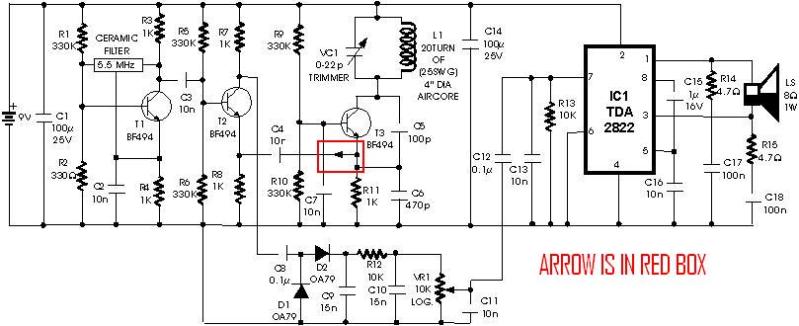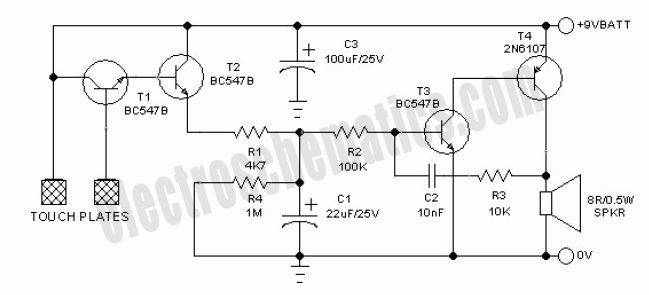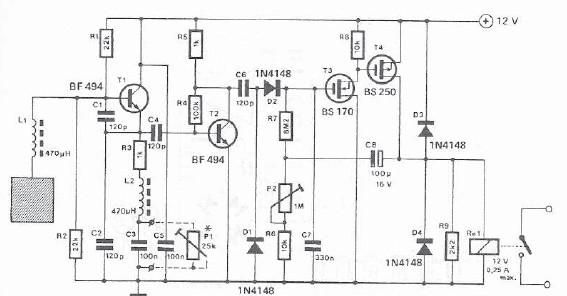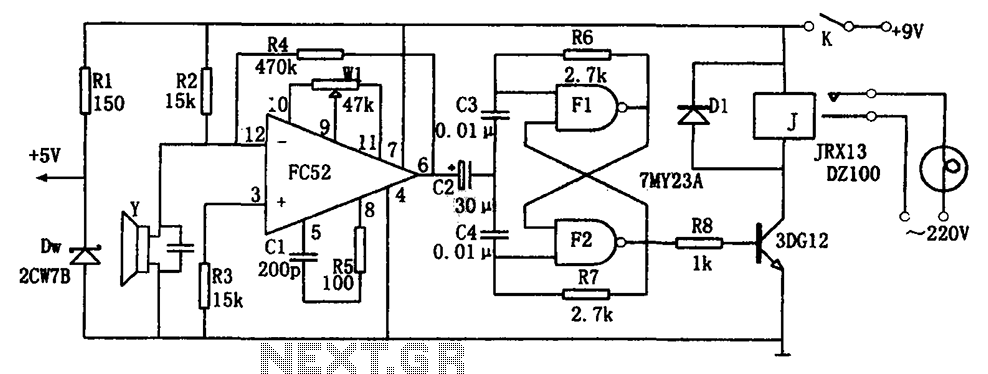
Joule Thief Hurricane Lamp Project

The Joule thief has been previously discussed in various forums, and while the concept is not new, this version incorporates additional information and testing data. The circuit schematic includes a 2N4401 transistor and a small toroid.
The Joule thief is a minimalist circuit designed to extract energy from low-voltage sources, such as depleted batteries, by boosting the voltage to a usable level. This circuit is particularly useful for powering low-current devices from batteries that would otherwise be considered dead.
The primary components of the Joule thief include a 2N4401 NPN transistor, a toroidal inductor, a resistor, and a diode. The 2N4401 transistor acts as a switch that rapidly turns on and off, allowing the circuit to oscillate. The small toroid, typically wound with a few turns of insulated wire, serves as the inductor that stores energy during the 'on' phase and releases it during the 'off' phase, thereby boosting the voltage.
In operation, when the circuit is powered, the base of the 2N4401 is biased through a resistor, allowing current to flow from the collector to the emitter. This current induces a magnetic field in the toroid. Once the magnetic field reaches a certain strength, the transistor turns off, causing the magnetic field to collapse. This collapse generates a high voltage spike in the opposite direction, which can be rectified by a diode to provide a usable output voltage.
The design can be enhanced by adjusting the number of turns on the toroid or changing the resistor value to optimize performance for specific applications. Testing data typically includes measurements of output voltage and current under various load conditions, demonstrating the efficiency and effectiveness of the Joule thief in extracting energy from low-voltage sources.
This circuit is particularly beneficial for applications in low-power electronics, such as LED lighting, where it can significantly extend the life of batteries by utilizing energy that would otherwise be wasted.The Joule thief… yes, It’s been discussed here before, and in many other places, so not something really new, but the twist is that I took the concept and it had lots of good information and testing data on the Joule Thief. Here is the schematic for the circuit. I use a 2N4401 transistor, and a small toroid. 🔗 External reference
The Joule thief is a minimalist circuit designed to extract energy from low-voltage sources, such as depleted batteries, by boosting the voltage to a usable level. This circuit is particularly useful for powering low-current devices from batteries that would otherwise be considered dead.
The primary components of the Joule thief include a 2N4401 NPN transistor, a toroidal inductor, a resistor, and a diode. The 2N4401 transistor acts as a switch that rapidly turns on and off, allowing the circuit to oscillate. The small toroid, typically wound with a few turns of insulated wire, serves as the inductor that stores energy during the 'on' phase and releases it during the 'off' phase, thereby boosting the voltage.
In operation, when the circuit is powered, the base of the 2N4401 is biased through a resistor, allowing current to flow from the collector to the emitter. This current induces a magnetic field in the toroid. Once the magnetic field reaches a certain strength, the transistor turns off, causing the magnetic field to collapse. This collapse generates a high voltage spike in the opposite direction, which can be rectified by a diode to provide a usable output voltage.
The design can be enhanced by adjusting the number of turns on the toroid or changing the resistor value to optimize performance for specific applications. Testing data typically includes measurements of output voltage and current under various load conditions, demonstrating the efficiency and effectiveness of the Joule thief in extracting energy from low-voltage sources.
This circuit is particularly beneficial for applications in low-power electronics, such as LED lighting, where it can significantly extend the life of batteries by utilizing energy that would otherwise be wasted.The Joule thief… yes, It’s been discussed here before, and in many other places, so not something really new, but the twist is that I took the concept and it had lots of good information and testing data on the Joule Thief. Here is the schematic for the circuit. I use a 2N4401 transistor, and a small toroid. 🔗 External reference





